|
Only about eight months ago, I would have staged my finished goldwork piece the minute I had put the last stitch in. I would have opened Instagram and take the perfect picture. I would have spent some thought on the right description to go with the picture. Which hashtags would generate the most traffic? And then I would have stayed awake for at least another 30 minutes to be able to answer to the first reactions coming in. All in the name of generating more traffic to my Instagram account and ultimately to my website and my webshop. BUT, it was already far past midnight when I finished Francis. AND I had worked my body to the brink of collapse over the past few weeks in order to make the deadline. So instead, I wished Francis goodnight, turned off the lights in my studio, brushed my teeth in the dark so as not to wake my dear husband and then slipped carefully between the covers for a well-deserved rest. And after a good night's sleep, I didn't immediately write a blog post about the piece either. Francis has been mine alone for a whole other week! That's bliss in a society where we increasingly share our whole life the minute it happens. Hoping to generate as many likes as possible. One must be mad to step away from all the instant digital love :). Enough musings: here he is! Isn't he gorgeous? I love the over-the-top bling. It satisfies my inner magpie. For those of you who are interested in the technical aspects of the piece: no worries. I will write at least another blog post detailing how I came to this rather stunning end-result. But for now: enjoy the bling!
P.S. You can find the first three blog posts on this project by clicking the "Pope Francis" category on the right.
27 Comments
We finally have warmer temperatures and no more fresh snow here in the south of Bavaria! It is even warm enough to sit outside on the balcony :). Can't wait for all the snow to melt away. I love to go for long hikes and really feel blue when I can't in the winter due to slippery conditions. It will be so good to hike up the mountains again in a few weeks time! Unfortunately, last week I got some bad news from the Künstler Sozialkasse: my appeal has been dismissed. I tried to gain official artist status with this organisation as it would mean that I get cheaper health insurance and a modest pension plan. The state now sees me as an entrepreneur who makes tons of money each year. The high rates for health insurance and my private pension plan reflect this. You can read my first blog post on this here. The long letter explaining to me why I am not an artist is written in beautiful lawyer's German. I am so glad that I have a doctorate; it really helps to understand what they are saying. It mainly boils down to: embroidery has never been an artform historically speaking and can thus now not be an art form either. It is simply a craft. That's HUGE!!! This means that unless I am changing my medium, I am never going to be recognised as an artist. Over the past months, several artistic friends have indeed suggested that I should incorporate at least a little paint as that would mean that I can brand my pieces as mixed media. For laypeople: that's one step up from 'textile art' :). The other point they are making is that my pieces don't have a deeper layer of meaning. And therefore they are no art. Plainly not true. I made the above piece in 2011 for my RSN Diploma. It translates the key-Buddhist principle of 'doing the right thing at the right time' into textile. This was one of the pieces which I submitted to the Künstler Sozialkasse to proof that I am making at least some pieces with this 'deeper layer of meaning'. My RSN advanced goldwork piece, also from 2011, is full of Christian symbolism explaining who St. Alanus was. And my most recent piece of Pope Francis certainly has a whole bunch of layers. I submitted the plans for this piece too. I don't know why they don't acknowledge these points.
But, the whole thing about a deeper layer of meaning = automatically art has a disturbing consequence. What about the hyper-realistic portraits of painters like Holbein? The naturalistic still lives of many famous painters since the Renaissance? Is that not art? Just craftmanship? I also submitted various needle paintings made from photographs of flowers I had taken myself. They were dismissed as not being art. And what about the wood carvers here in the Ammertal that mainly copy historical wood carvings which sell well to tourists? Most of them are in the Künstler Sozialkasse. My interpretation of a historical orphrey (St. Laurence) was not seen as art either. My conclusion thus is that my embroidered pieces will never officially been seen as art: I simply use the wrong medium. I now have three options left: 1) take the Künstler Sozialkasse to court and fight the dismissal, 2) change my medium & start a fresh application or 3) become a famous textile artist accepted by peers & start a fresh application. The first option is something I cannot afford and I doubt that I will be able to plead my case successfully. After all, I can't change the history of embroidery. The second option is something I am simply not willing to do. My medium is embroidery, I don't feel comfortable working in paint. The third option is the way I will be going. However, I will probably not submit a new application. As a successful textile artist, I hopefully will be able to pay the full fees for my health insurance and decent pension plan myself. I was raised to be a responsible citizen: you don't ask for benefits unless you really need them. As suggested by some after my first blog post on this whole matter, I did contact the German embroidery guild to see if they could help. They never replied to my emails. On the upside: I am now getting health insurance through my husband's employer and don't pay a penny for it. Our family income has fallen below a certain point and that made me eligible. I also met the deadline for finishing my Pope Francis piece (you'll meet him next week!) and submitting it for the Fiber Artist Network emerging fiber artists grant. I just hope that they see me as just starting out and not as somebody who has been a full-blown textile artist all these years without knowing it herself. That would just be too bittersweet.... Let's check in with my goldwork project to see what progress I made. First I put the string padding in for the goldwork that sits at the top of the tapestry behind Pope Francis. I used yellow cotton yarn and a matching yellow stranded cotton. I waxed the cotton yarn with pure beeswax to make it firm. I then couched the waxed yarn into the desired position. For the little dots, I made a double cross (at angles) with a full strand of stranded cotton. In the picture below, you also see my favourite embroidery scissors made by Dovo, a German company. Whilst I don't use them to cut my goldwork threads, I do use them for all the silks I am working with. They are super sharp and cut very clean and precise. Next up were the windows. I started by satin stitching the glass using a light blue Chinese flat silk. The grey lintels are stitched in long-and-short stitch using a grey Chinese flat silk. The red lentils are made of rows of stem stitches using stranded silk (#3093 Campari Soda) by the Silk Mill. Next, I put in the "lead" for the leaded windows. I used silver plated smooth passing #5. The first layer I couched in place with a grey (LT1322) superfine silk made by Langley Threads. The second layer was then couched in place at the intersections using the same grey Chinese flat silk as was used in the grey lentils. Since you just cut off the passing thread at the border between lentil and glass (i.e. no threads are plunged), you need to hide the ends under a layer of chain stitch using Silk Mill stranded silk. I used the same (near) black silk thread to stitch the dividers between the window panes. I really loved putting in the red bricks! I just happened to have the ideal colour of Chinese flat silk to do the counted satin stitch with. The white grout is made with stem and straight stitches using a white Chinese flat silk. The lentils were finished by couching Gilt Twist #3 and Gilt Rococo in place. Note how I left a tiny gap between the window/bricks at the bottom and my yellow string padding. I will need this gap later when putting in the passing thread to form the top decorative border of the tapestry hanging behind the pope. You can also see that the gold threads are just cut off and not plunged as we tend to do in modern goldwork. One of the challenges of recreating these Late-Medieval orphreys is finding out what threads were used. In the original piece, the fringe of the ceremonial tapestry hanging behind the figure has wavy streaks of very fine gold thread. No idea what it is! However, I have noticed that when the ends of Gilt Twist unwind, they look wavy. What would happen when you intentionally unwind a length of twist? Yup, you end up with three strands of very fine wavy gold thread :). So, over my base layer of green and red satin stitches made with Chinese flat silk, I carefully stitched with my "home-made" gold thread. The trick is to use a big needle and not pull to hard as otherwise the waves come out. And yes, I did stitch through the fabric with my gold thread using the same motion as with laid stitch. Next up was the tapestry itself. For the St. Laurence project I used Japanese thread for this part. However, this would not work well with the intricate padding of the decorative top border. I decided to use Gilt passing thread #6/Stech vergoldet 140/150 CS instead. It is a stiffer and thicker thread than what was used originally. However, I am trying to finish this piece quickly so that I can start the next one for my upcoming exhibition in August. Using a finer thread would mean hours of extra work! And this already took 20 hours... The good news is, it works much better for the red diaper pattern than the original thinner thread works in the original piece. There is a lot of gaping in the original piece. The downside? It doesn't flow well over my padding; here I have gaping. Especially over the little dots. And I learned something else: framing up both the figure and the background on one frame, make stitching difficult. My arms are too short sometimes. I noticed that I was able to stick to the counted diaper pattern best when turning my frame in such a way that I worked horizontally (as you see in the picture). I couldn't do this for the other half of the background. Instead, I worked vertically. The diaper pattern is not nearly as crisp. However, the couching over the padding is much nicer when I am working vertically. Lesson learned. Next time I will make sure that I can reach my embroidery equally well from all FOUR sides of my slate frame. For the moment, the blank that will eventually be filled with the figure of Pope Francis looks more like a zombie...
P.S. You can find the first two blog posts on this project by clicking the "Pope Francis" category on the right. |
Want to keep up with my embroidery adventures? Sign up for my weekly Newsletter to get notified of new blogs, courses and workshops!
Liked my blog? Please consider making a donation or becoming a Patron so that I can keep up the good work and my blog ad-free!
Categories
All
Archives
July 2024
|
Contact: info(at)jessicagrimm.com
Copyright Dr Jessica M. Grimm - Mandlweg 3, 82488 Ettal, Deutschland - +49(0)8822 2782219 (Monday, Tuesday, Friday & Saturday 9.00-17.00 CET)
Impressum - Legal Notice - Datenschutzerklärung - Privacy Policy - Webshop ABG - Widerrufsrecht - Disclaimer
Copyright Dr Jessica M. Grimm - Mandlweg 3, 82488 Ettal, Deutschland - +49(0)8822 2782219 (Monday, Tuesday, Friday & Saturday 9.00-17.00 CET)
Impressum - Legal Notice - Datenschutzerklärung - Privacy Policy - Webshop ABG - Widerrufsrecht - Disclaimer

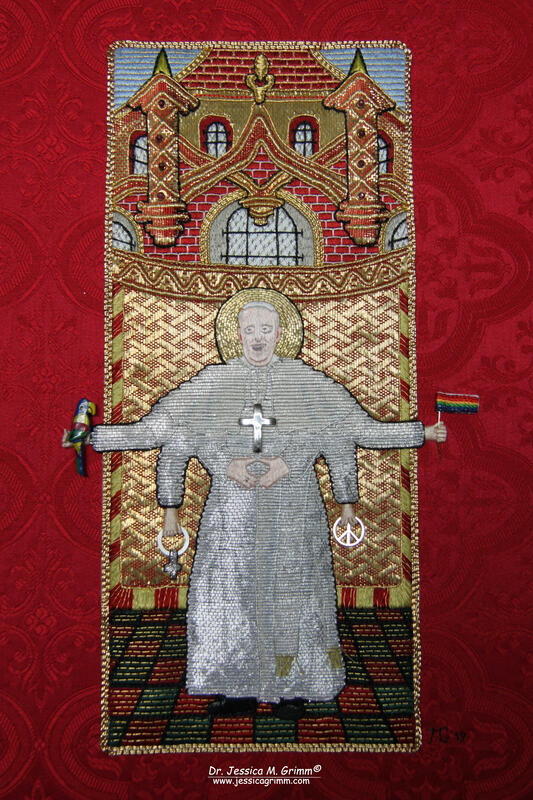
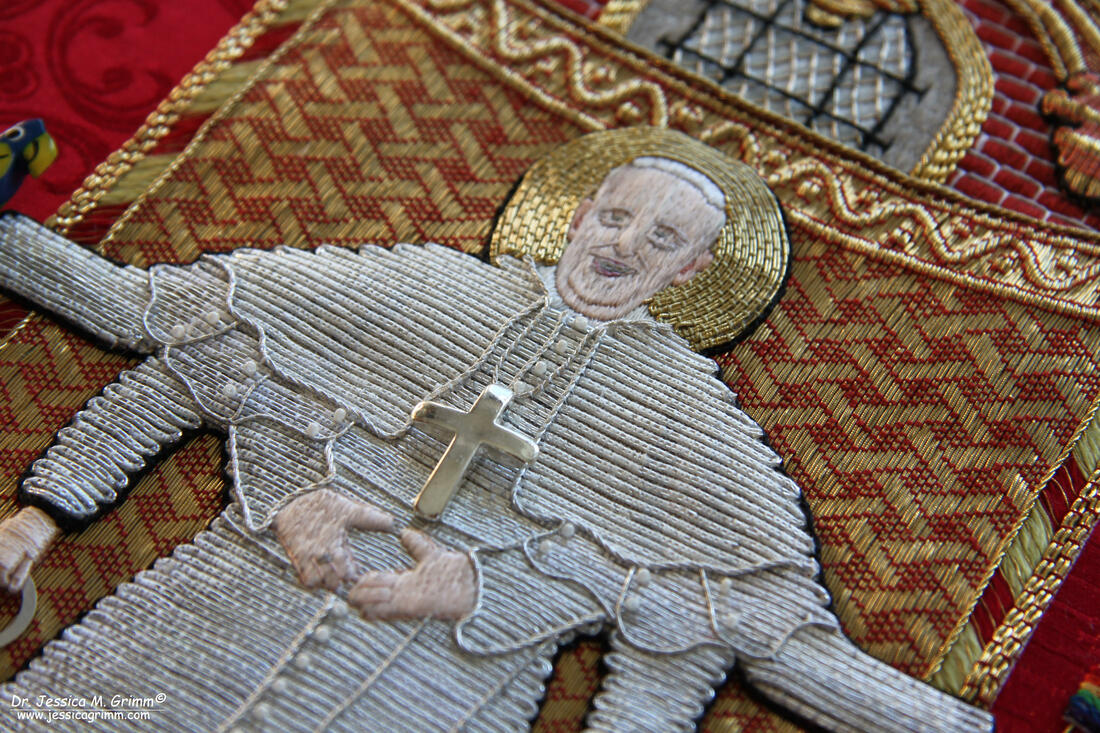
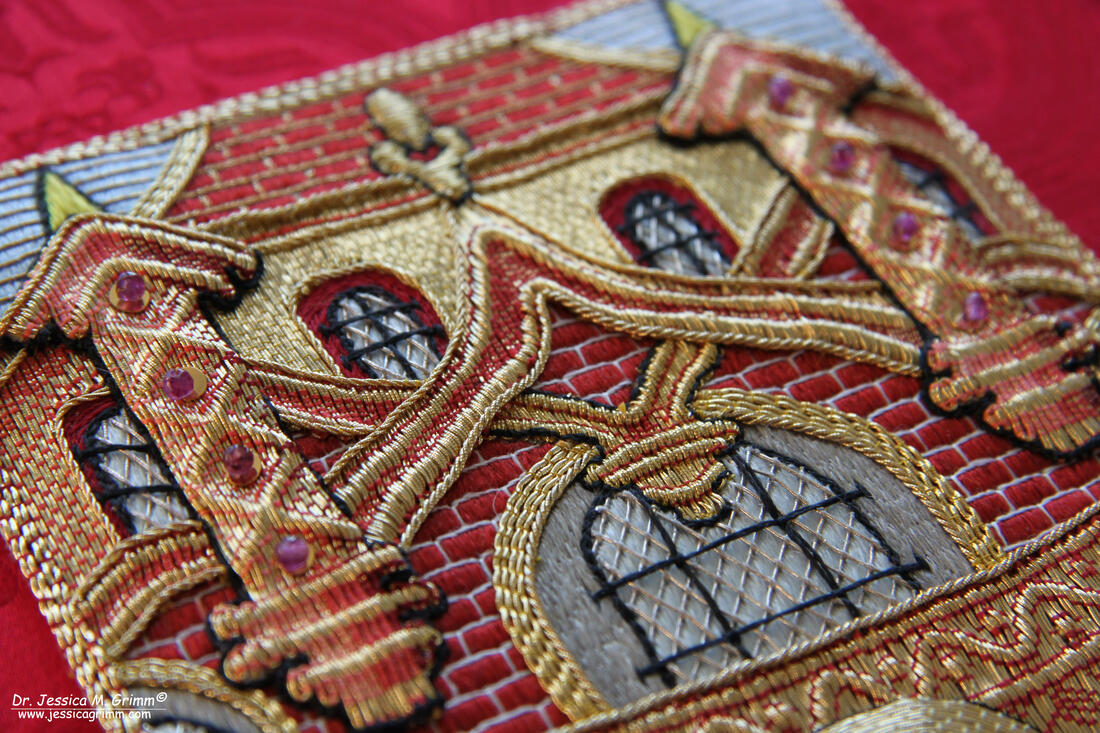
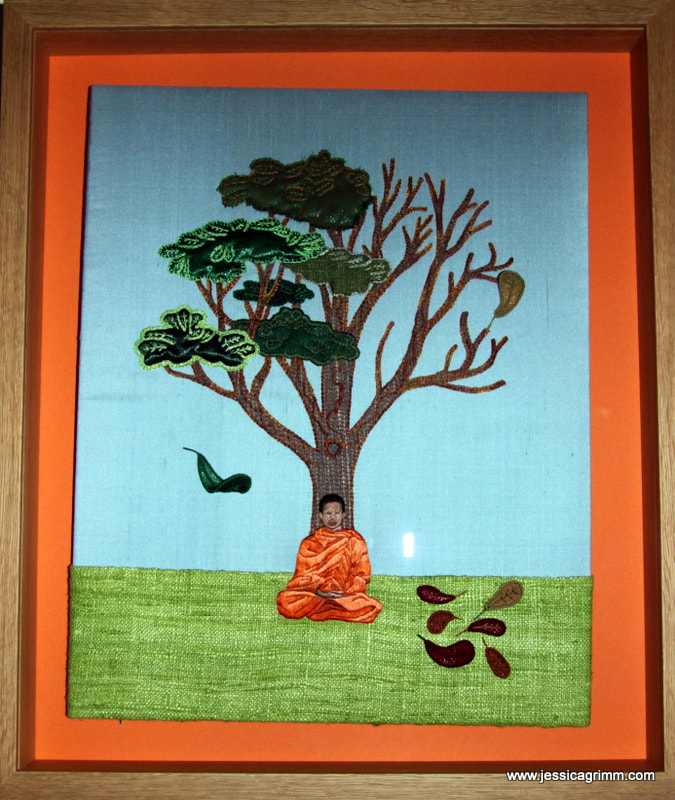
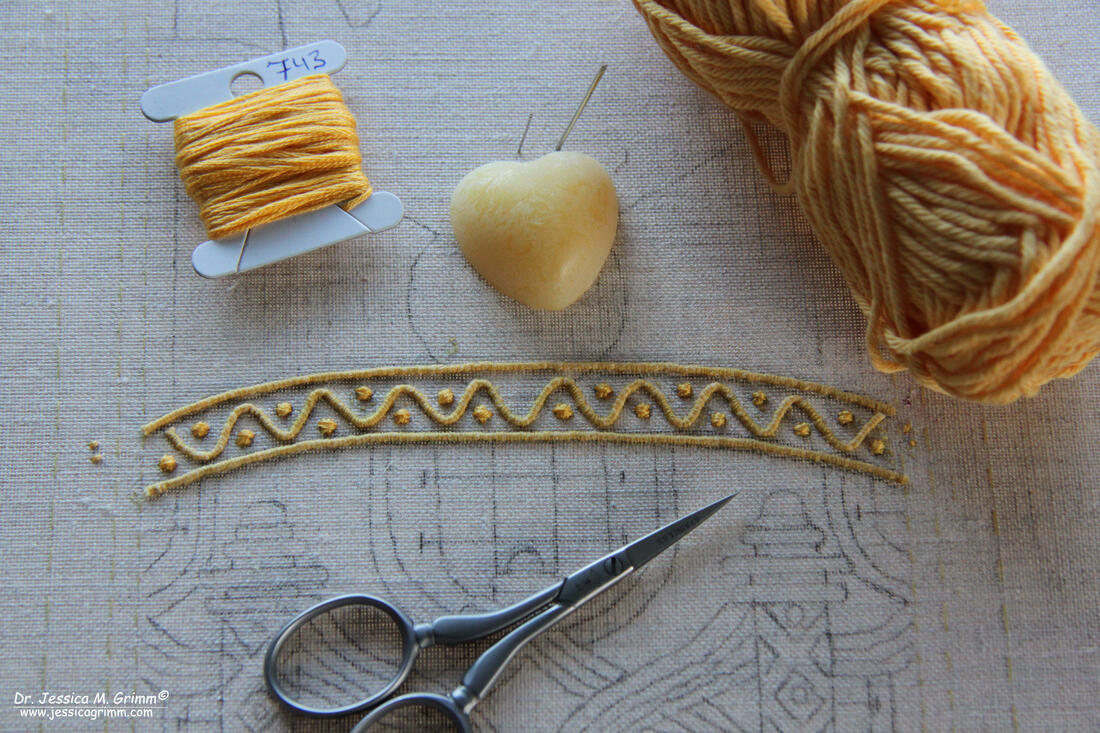
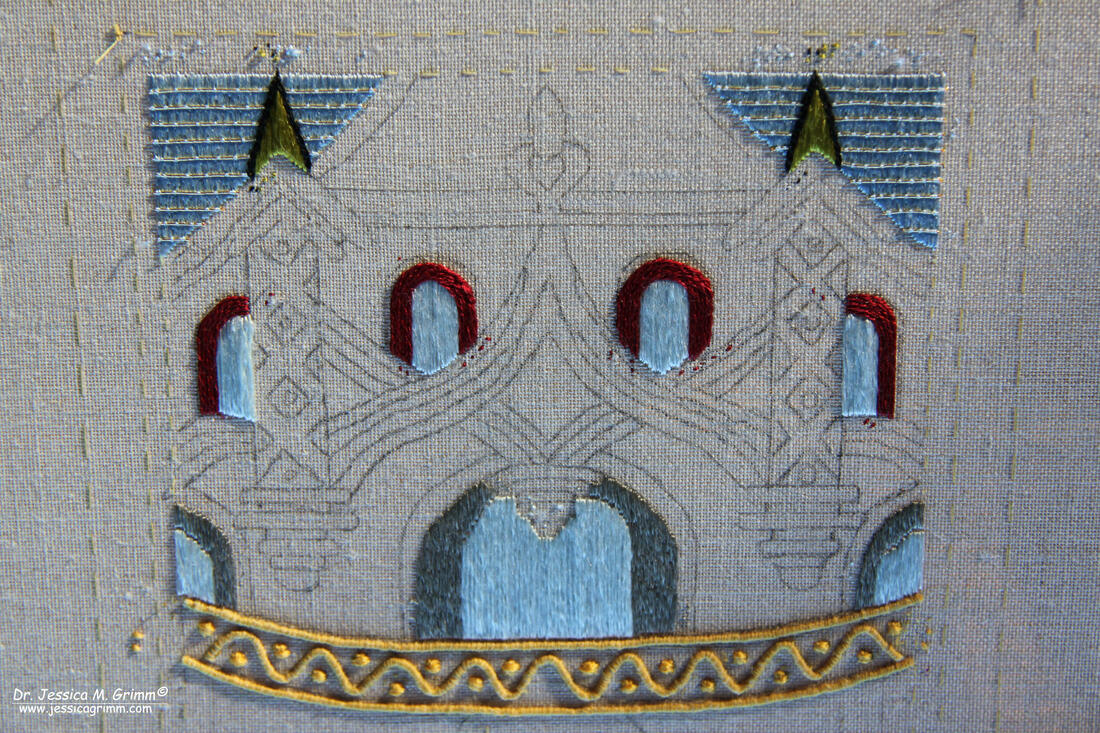
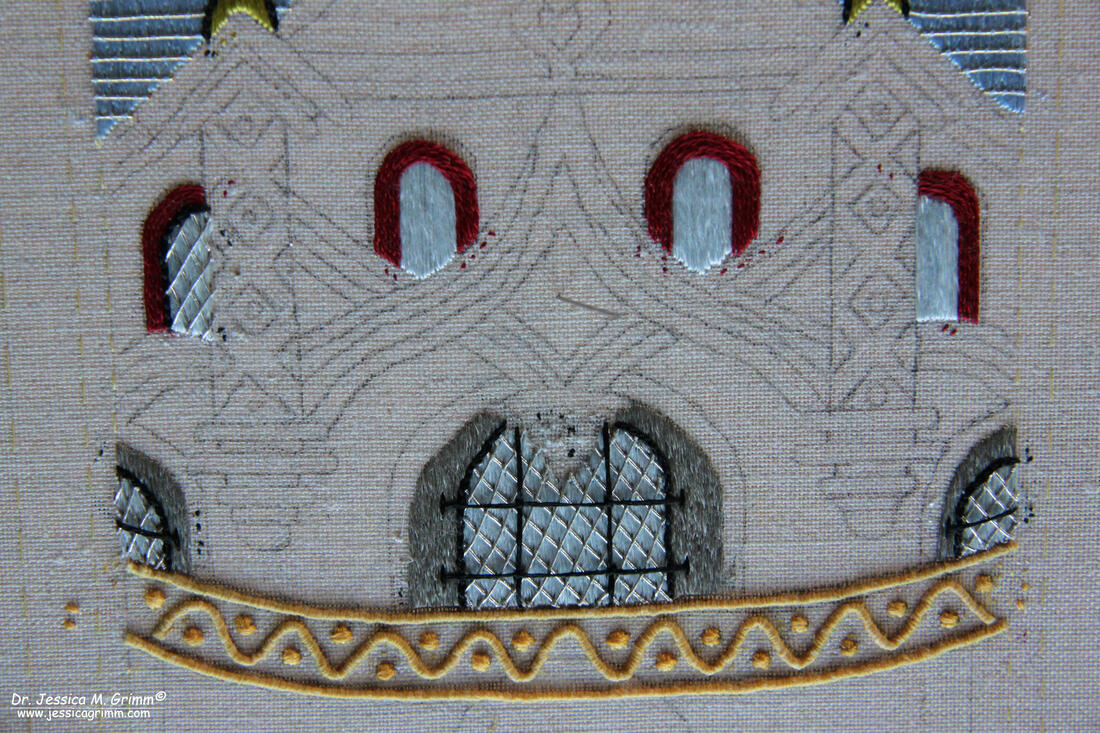
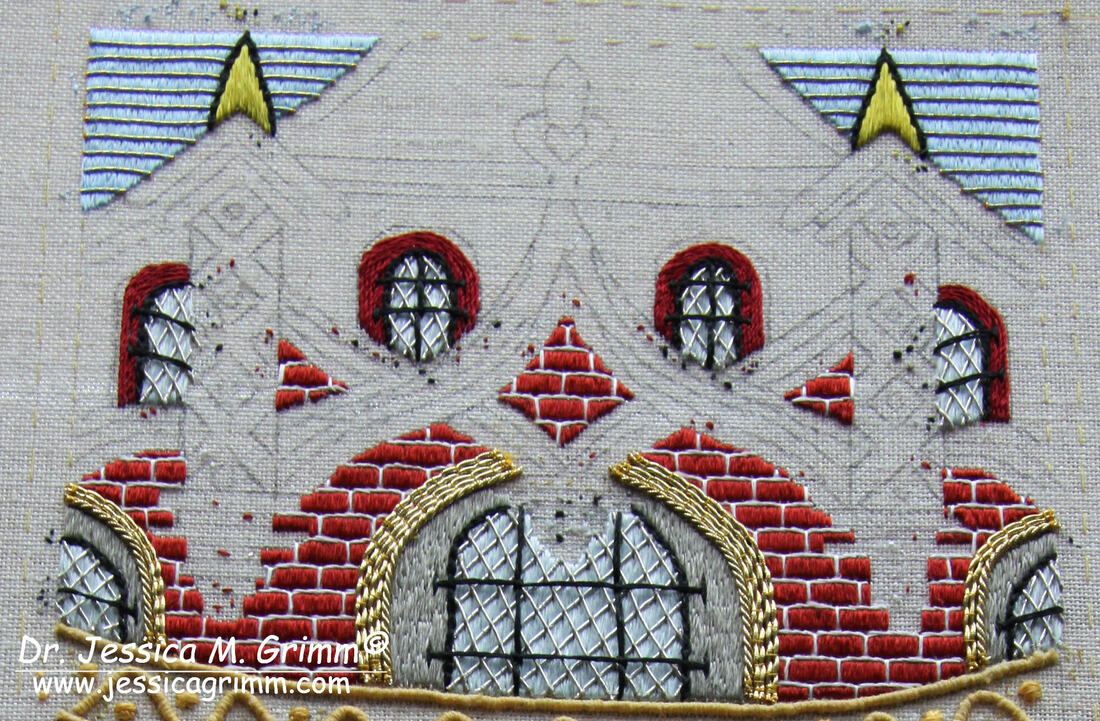
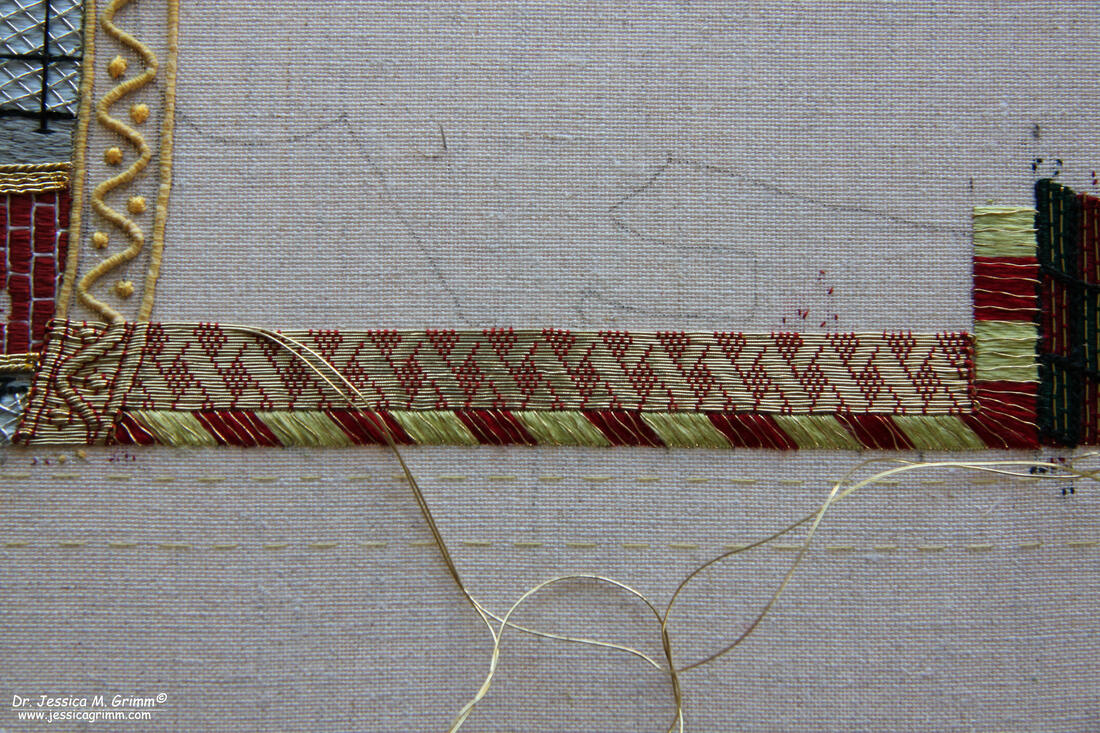
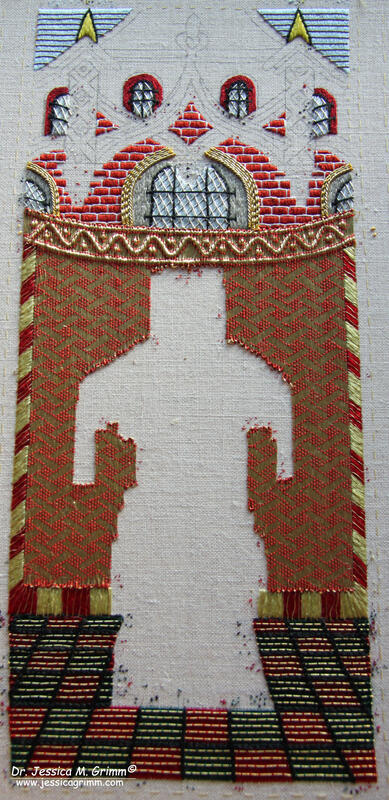





 RSS Feed
RSS Feed